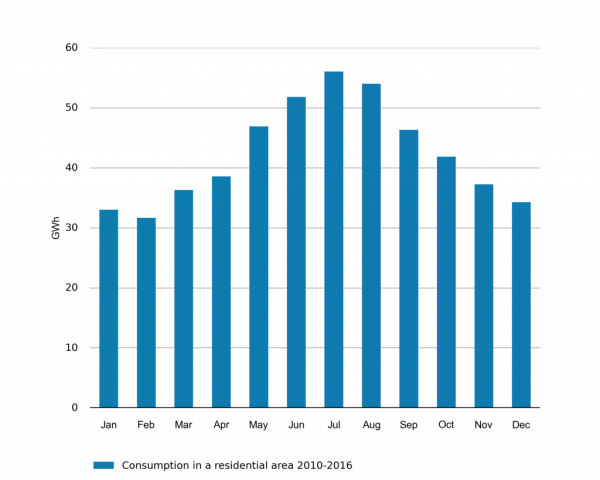Electricity Prices Continue to Rise
As alerted to our customers a couple of months ago, the daily charge for a large part of the Auckland consumer market recently doubled.
This increase is going to increase further over the next 3-4 years as part of an agreement with the Government.
The daily charge is unrelated to your electricity consumption, but relates to the power poles, transformers and underground infrastructure that delivers the power to your address.
As a residential consumer, you are facing both increased line charges (daily fixed charge) plus increased cost of electricity consumed–a double whammy!
So what else can you do to minimise the impact of rising electricity costs?
Fortunately, there is an excellent answer in the form of a couple of great websites which allows you to compare the costs of various compani’s services, all from the comfort of a tablet or PC.
Consumer NZ runs one - https://www.powerswitch.org.nz/
A 2nd site is run by a company which also compares the market prices for various services such as internet costs, insurances, credit cards, kiwisaver, etc called Power Compare.
https://www.powercompare.co.nz/p/how-to-switch-power-company
Both are very good at providing you with plenty of useful information to consider in comparing different packages and offers from electricity retailers.
All you will need is one of your electricity bills, which gives you the raw information relating to your consumption, and you can very quickly ascertain savings you can bank as a result of switching suppliers.
Market research highlights the majority of people know they are paying more than they need to, but we are often reluctant to switch, as we are unsure of the process. This is now elegant and easy and these websites have made it so much easier for you to make savings, all so important as we work through a cost-of-living crisis.
If anyone needs a hand with working through how much they can save, feel free to give AB Electrical a call on 0800 688 244 and we can help work this out for you.

